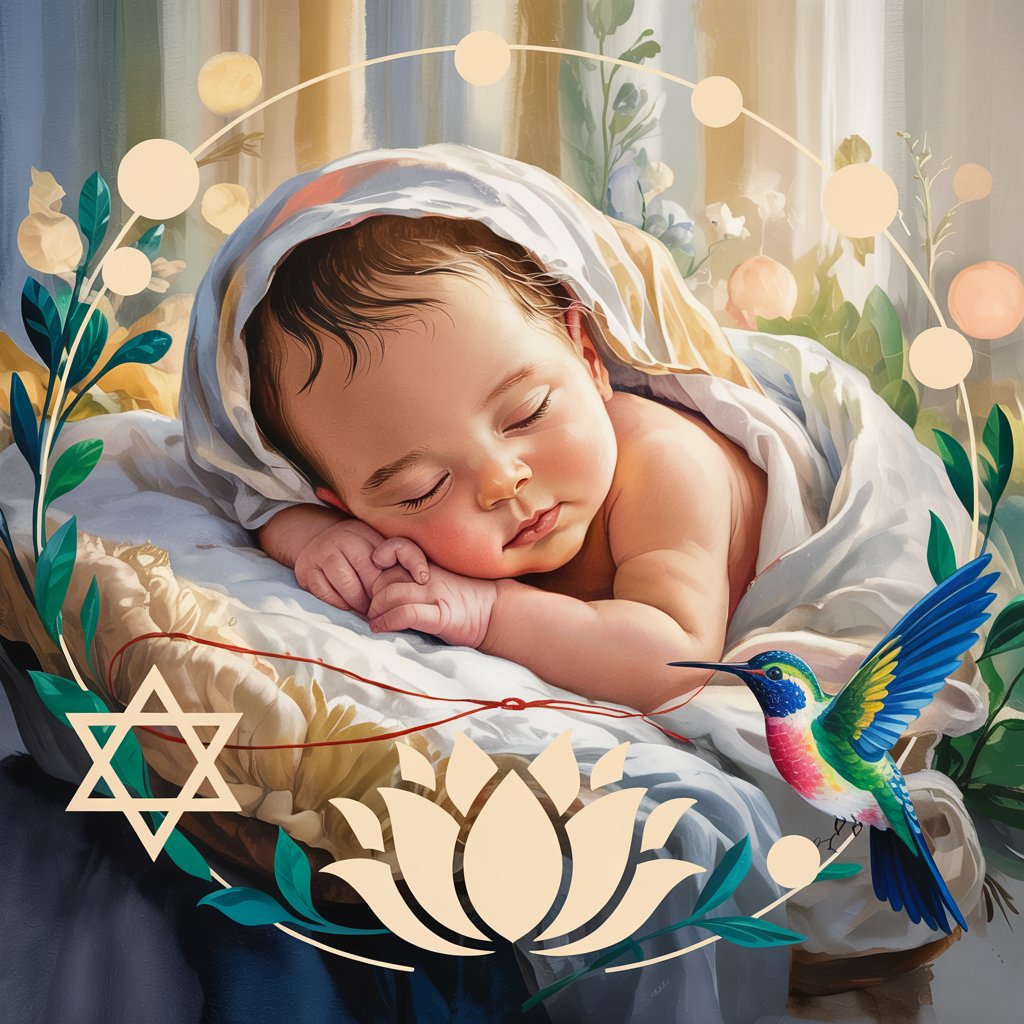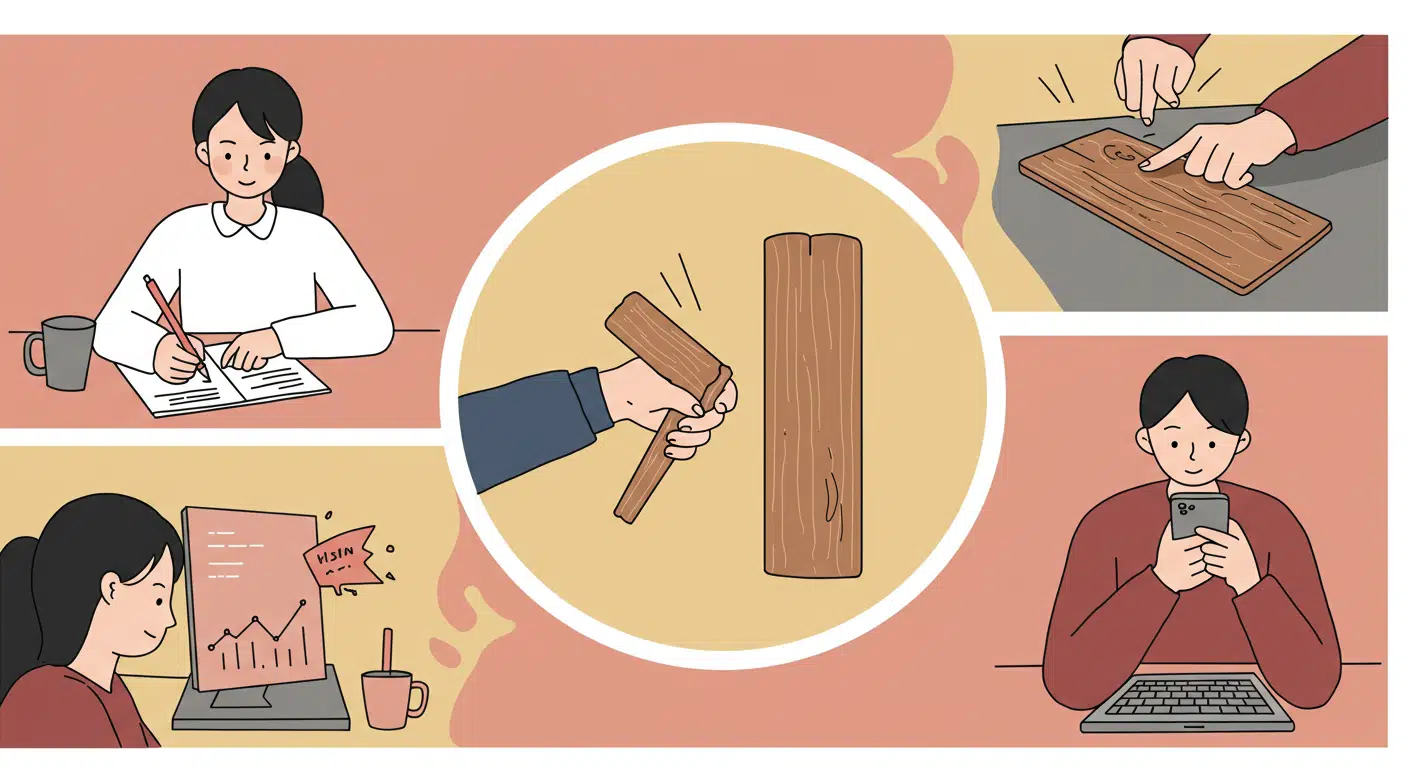According to widespread belief across Jewish, Hindu, and Latin American traditions, tying a red string or thread around an infant’s wrist offers spiritual protection against the evil eye—a malevolent force transmitted through envy or excessive praise. The thread is believed to serve as a symbolic shield, either absorbing or deflecting negative energy before it can reach the child. In many traditions, the red string is imbued with spiritual potency through accompanying rituals, prayers, or blessings. It may be tied with a specific number of knots (such as seven in Jewish practice) and spoken intentions for protection. In some cases, the string must originate from sacred locations or be handled only by designated religious authorities. The red thread is typically left on the child until it naturally breaks or until a culturally significant milestone is reached.

A baby’s future career or fate is predicted by the first object they select during a ceremonial setup.
In several Asian and Eastern European cultures, a traditional ceremony is held for babies usually around their first birthday. Known


